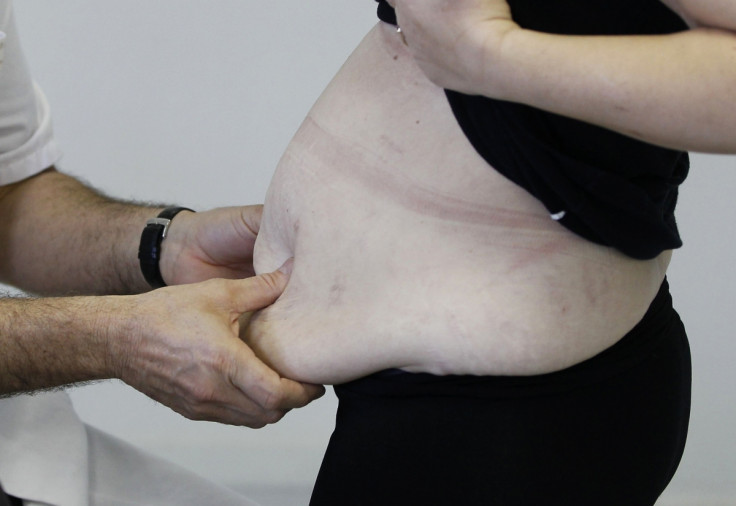Fattest US States: Mississippi, Delaware and West Virginia Top Obesity Survey

Mississippi has been named the most obese state in the US in a survey published this week.
The Gallup Well-Being Poll for 2013, which has been published annually since 2008, revealed the state had an obesity rate of 35.4% in 2013. The data showed the national rate had also risen from 26.2% in 2012 to 27.1% the following year.
Since 2008, there has been a steady increase in Obesity rates across all US states. A body mass index of 30 or over is considered obese and according the Centers for Disease Control and Prevention, one third of all people living in the country are obese. Approximately 17% of children and teens are diagnosed as obese, which suggests the national rate will rise further in the future.
The poll results were based on telephone interviews conducted as part of the Gallup-Healthways Well-Being Index. Around 178,072 participants over the age of 18, from 50 states and the District of Columbia, were asked about their height and weight to calculate their BMI.
Closely following Mississippi in the poll was West Virginia, which has an obesity rate of 34.4%. Delaware, Louisiana and Arkansas took the third, fourth and fifth places consecutively.
Montana was crowned the state with the lowest obesity rate of 19.6%, which had fallen from 22% in 2012.
In March 2013, Mississippi introduced an anti-Bloomberg bill, which prevents municipalities from limiting how much citizens of the state can eat or drink. The bill was signed one week after a judge blocked the supersize fizzy drink ban advocated by Michael Bloomberg, the former mayor of New York City.
Dr James E. Pope, chief officer at Healthways, said a variety of factors correlated with rising obesity rates, such as food environment and portion sizes, had contributed to the survey results.
He added: "Research has shown that the average healthcare costs for an obese individual are over $1,300 more annually than someone who is not obese. Although slowing and even reversing this trend may seem daunting, even modest weight loss of 5% to 10% of initial body weight can lower the health risks associated with obesity."
The research also revealed the states with the highest obesity rates also had the highest number of people diagnosed with chronic diseases. Several health issues are linked with being overweight, which increased the risk of developing heart disease, diabetes, depression and arthritis.
According to Live Science, 35.8% of Americans living in the 10 most obese states had high blood pressure, compared to 26.4% of Americans living in the least obese states.
John Felton, president and chief executive officer for Riverstone Health, told 8 News the findings are inflated. He argued that people are prone to lie about their weight and height, which distorts the Body Mass Index calculation.
Ten states with highest obesity rates:
Mississippi 35.4%
West Virginia: 34.4%
Delaware: 34.4%
Louisiana: 32.7%
Arkansas: 32.3%
South Carolina: 31.4%
Tennessee: 31.2%
Ohio: 30.9%
Kentucky: 30.6%
Oklahoma: 30.5%
Ten states with lowest obesity rates:
Montana: 19.6%
Colorado: 20.4%
Nevada: 21.1%
Minnesota: 22.0%
Massachusetts: 22.2%
Connecticut: 23.2%
New Mexico: 23.5%
California: 23.6%
Hawaii: 23.7%
New York: 24.0%
© Copyright IBTimes 2024. All rights reserved.






